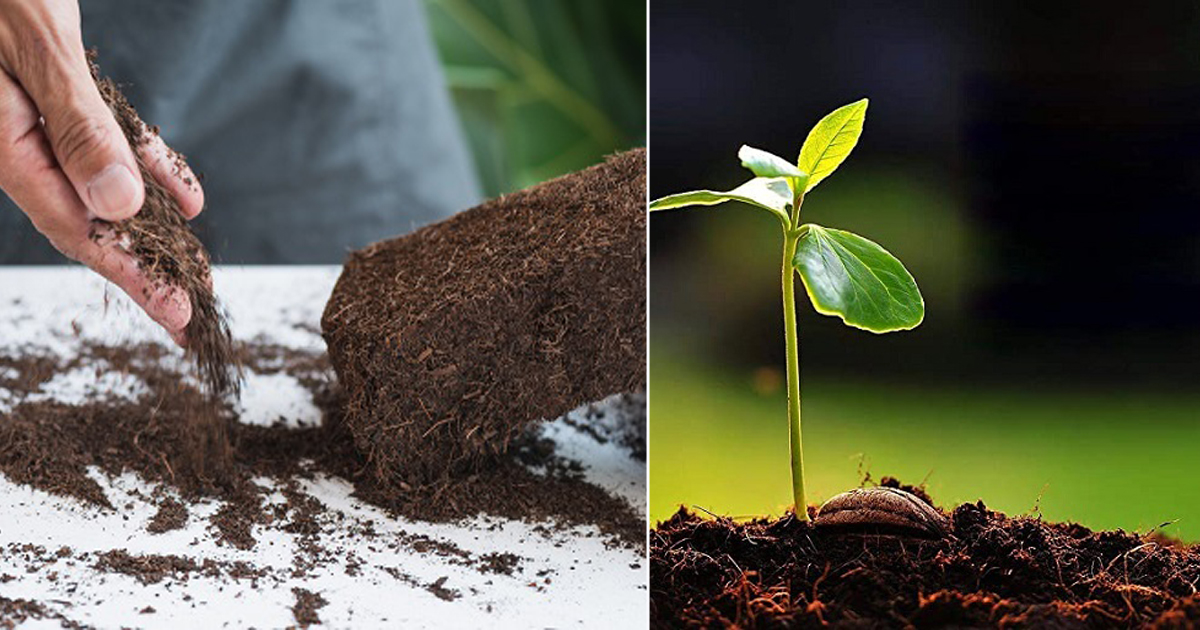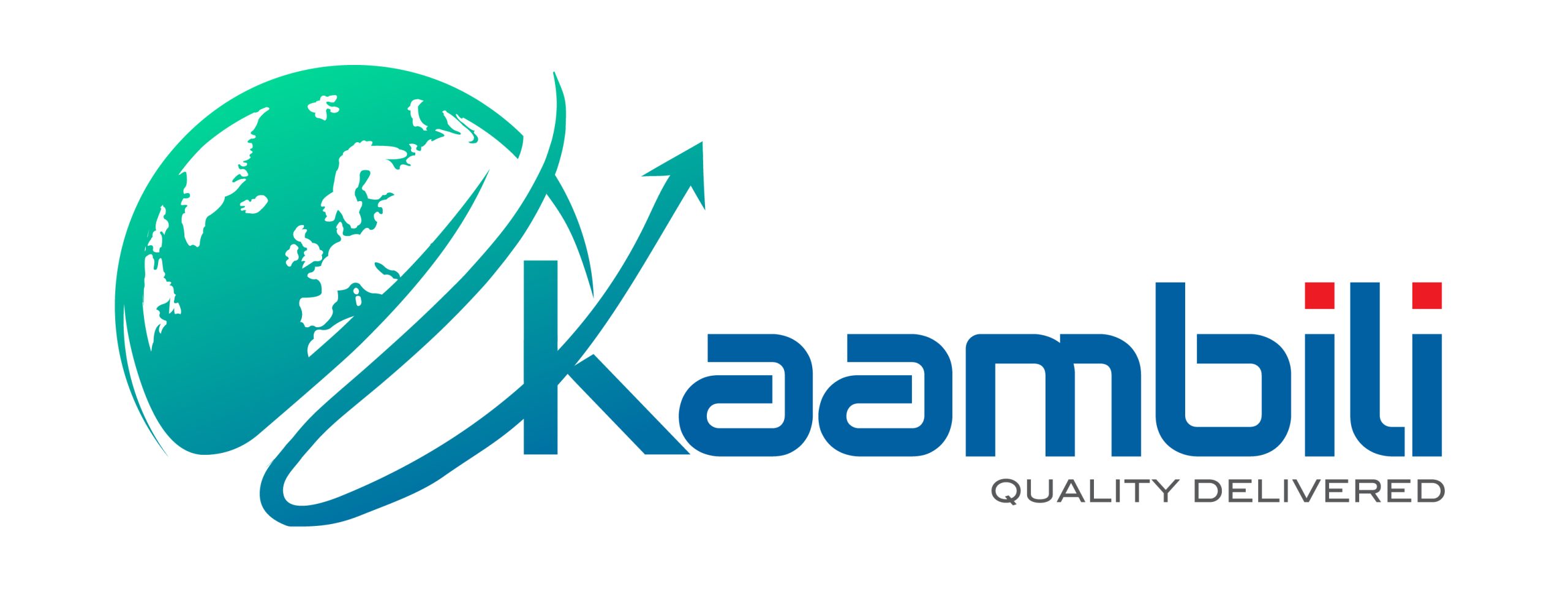
04 Jan What is Coco Peat
Coir (pronounced COY-er) comes from coconuts. It’s what makes up the fibrous husks of the inner shell of the coconut and is used for all sorts of products, including rugs, ropes, brushes, and even upholstery stuffing. You’re probably most familiar with it as those stiff, scratchy doormats and the fibrous liners used in hanging baskets. Coconut coir is very rot-resistant, making it perfect for outdoor products. It is also becoming increasingly popular as a potting mix and organic soil amendment.
For a coconut by-product, coir takes a good amount of effort to get to market. The outer husks are soaked until the fibres can be separated and then cleaned. Then they have to be sorted and graded by size. Dark brown coir is from the familiar mature coconuts, but there is also a white version. White coir is from immature, green coconuts and is finer and softer. Some manufacturers also dye the fibres.
Coconut coir goes by many names. You may find it labeled as coir-peat, coco-peat, coir fibre pith, coir dust, and other similar-sounding brand names.
Horticultural coir is a peat-like substance that is used in gardening and agriculture. It is made from the pith found between the fibres. The coir pith gets washed, heat-treated, sieved to remove large particles, and graded. Very often it is compressed into blocks or bricks, which need to be soaked before using. You may also find bags or bales of coir. They can be hard to locate, but as coir becomes more mainstream, it should become more accessible and affordable.
How Coconut Coir Is Used in Gardening
Besides being used as a liner for hanging baskets, coir’s most common use is as an ingredient of potting mixes. For most seeds, it is recommended the mix contain no more than 40 percent coir.
Most potting mixes still use peat, which is a non-renewable resource, but you can mix up your potting mix blend quite easily. Since coir is organic and sterile, it’s an excellent choice for starting seeds.
Coconut coir is also used as a soil amendment. It improves the air porosity of soils, even when wet, and aids in moisture retention. Coconut coir absorbs 30 percent more water than peat and is much easier to re-wet when dry.
You can use coir to amend any soil. It helps loosen the texture of clay soil and improve drainage. It also allows the sandy soil to hold onto water longer.
Advantages of Using Coir Over Peat
Peat takes hundreds of years to form, and although many reputable firms in the peat industry are trying to harvest and manage peat in a responsible, sustainable rate, demand is so high that we need to look at alternative substances. Since coconuts will continue growing throughout the year and can be harvested every two months, they fit the sustainability requirement. It’s a bonus that they are a byproduct that was going to be wasted. Using it as a soil amendment solves two dilemmas.
There are additional advantages to coir:
- Coir is slower to decompose, so it lasts longer in the soil.
- It is both sterile and free of weed seeds.
- It has a less acidic soil pH, generally in the 5.8 to 6.8 range. (Peat is in the 3.5 to 4.5 range.)
- Coir improves air porosity in soils, even when wet, as well as improving moisture retention.
- It is easier to re-wet when it dries out, helping plants recover from dry conditions quicker and requiring less irrigation.
- Studies indicate coir may provide some resistance to pythium and other root diseases.1
Disadvantages of Using Coir
Coir does have some downsides:
- Coir tends to compact, which will come as no surprise to anyone who has handled a coir brick.
- Because it retains water, there is a chance of salt buildup.
- Like peat, it has negligible amounts of calcium, but since coir’s pH is already neutral, you don’t want to add lime.
- It doesn’t have much in the way of other nutrients, either, although it is fairly rich in potassium and a handful of micronutrients.
- Coir is more expensive than peat.



Sorry, the comment form is closed at this time.